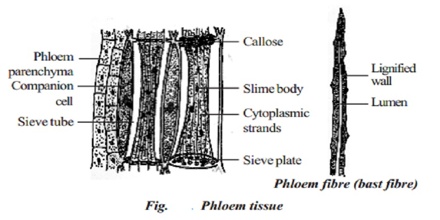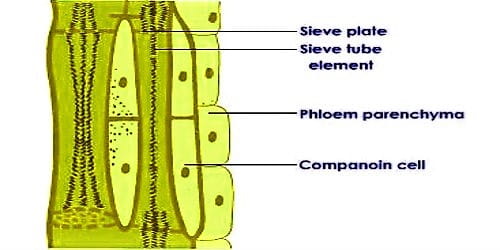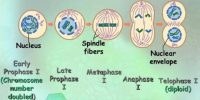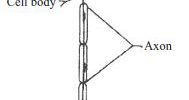Phloem tissue is the kind of tissue, made of some living and dead cells which have the chief function to conduct prepared food materials from leaf to different parts of the plant body is called phloem tissue. The phloem is dependable for the transportation of food substance from leaves to the other parts of the plant.
The phloem tissue consists of the following four elements:
- Sieve tubes,
- Companion cells,
- Phloem parenchyma and,
- Phloem Sclerenchyma.

Sieve tubes: They represent the most active food conducting elements in the phloem tissue. Each sieve tube is formed by a series of hollow, cylindrical cells called sieve tube cells arranged one above the other.
- These are elongated cells with thin cellulose walls placed end to end which combinedly form a tube. They are long tube-like structures arranged longitudinally.
- The partition walls between the tubes are perforated and are known sieve plates. The end walls are perforated in a sieve manner to form sieve plates. The wall area of sieve tube with pore is called sieve area.
- When matured, the cells have signified wall, a thin layer of protoplasm at the periphery and no nucleus. They are found in involvement with companion cells. The cell wall much thicker than simple parenchyma.
- Each cell lacks a nucleus. It has a huge vacuole and a peripheral cytoplasm. They do not surround lignin in their wall.
Companion cells: They are more or less spindle shaped cells associated with the sieve tube cells. Each companion cell is found attached to any one lateral surface of a sieve cell.
- The living elongated and narrow cells that the adjacent to sieve is known as comment cells. They help in maintaining the pressure gradient in the sieve tubes. Sieve tube member and companion cell arise from the general mother cell.
- Their cell walls are thin and porous. They make a connection with sieve tubes through the pores.
- Companion cells are particular parenchymatous cells related to the sieve tubes of Angiosperms. They have dense cytoplasm and a large nucleus.
- Nuclei of the companion cells manage the function of the sieve tubes. Companion cells are narrower than sieve tube elements.
Phloem parenchyma: They are represented by a group of living parenchyma cells that are found in-between the sieve tubes. They are meant only for the storage of organic food.
- They are the simple parenchyma cells present to phloem tissue. The cells are cylindrical, elongated with tapering ends and dense cytoplasm and nucleus.
- They are living cells in which the cell walls are thick and composed of cellulose. The cell wall is composed of cellulose. They are thin-walled cells with protoplasm and nucleus.
- They have dense cytoplasm and a large nucleus. The cells are connected to each other by plasmodesmata connections.
- It also stores food and substances such as mucilage, latex, and resin. They have key pit fields on their cell wall.
- It is absent in monocotyledons. Some parenchyma cells in the phloem can store starch as grains.
Phloem sclerenchyma: These fibers are represented by the dead sclerenchyma fibers that are found in between the sieve tubes. They are meant only for providing mechanical support.
- The sclerenchyma fiber that is present in phloem tissue is called Phloem sclerenchyma. It is also known as blast fiber. They are made of sclerenchymatous cells.
- These cells are dead but they are very long. The cells walls are thick. Example; Jute fiber. The fibers of jute, hemp, and flax are of commercial use.
- Phloem fibers arise during secondary growth. Fibers are elongated, unbranded and bear pointed apices.
- Phloem fibers are absent in the primary phloem but present in the secondary phloem.
- They lose their protoplasm at maturity and become dead.













